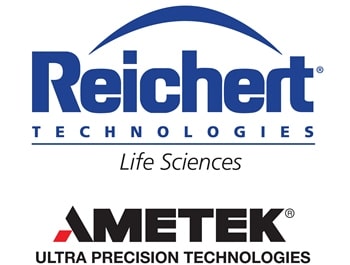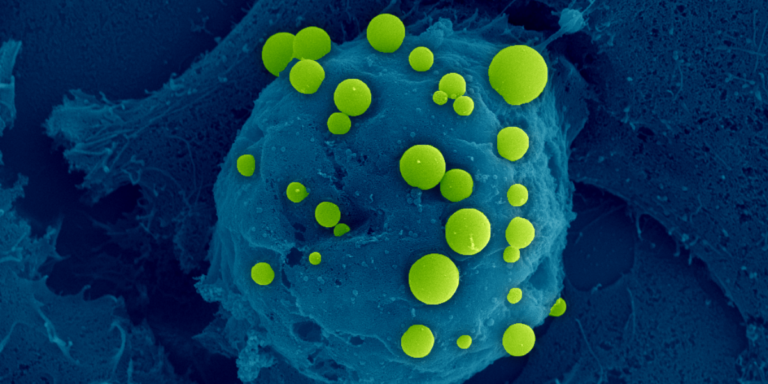Surface Plasmon Resonance (SPR) is the gold standard for measuring biomolecular binding without the need for labeling (i.e., label free detection of kinetics). SPR is especially valuable because it doesn’t just provide information at the start and end of a binding event, but can be used to follow association and dissociation kinetics of biomolecules in real-time. Measuring kinetics of biomolecules or other compounds is critical, because compounds with similar affinities can have vastly different kinetics and, therefore, different biological impacts.
While SPR manufacturers, like Reichert, have been making instrumentation easier to use and more flexible, there are still a number of points you should consider to make your SPR experiments successful. Here are 10 factors you should consider for better SPR results:
Ten Tips for Your Surface Plasmon Resonance Experiments
- Plan your experiment properly. Determine how your target will couple to the sensor chip surface. Use either coupling or capture chemistry. If possible, don’t couple your target to the surface near your molecule’s binding pocket. Before you start, estimate the maximum response expected from your experiment—divide the molecular weight of your analyte by the molecular weight of your target, and then multiply by the amount of target you want to couple or capture on the chip. Aim for a value of at least 50-100 for your first experiments.
- Prepare your samples fresh. Make sure you use only fresh, active targets and analytes. This maximizes binding efficiency. Spin down your samples before diluting in running buffer. De-gas running buffer before starting and eliminate air from all injections. Use Tween detergent, NaCl, or bovine serum albumin (BSA) to reduce non-specific binding.
- Prevent carryover between runs. Eliminate carryover with one or two washes between injections. Use three or more if you’re analyzing sticky samples or using concentrated regeneration solutions. Doing a buffer injection post-wash will also help eliminate carryover. Run at a higher flow rate or immobilize your target at a lower density to make kinetics more accurate and to minimize mass transport.
- Test and re-test all results. Run replicates, blanks and four to five (at least) sample concentrations. For replicates, re-inject samples two or three times. Repeatability of sample responses means the protein is stable on the surface and your regeneration solution is not denaturing the protein. Injecting samples at multiple concentrations increases accuracy of kinetic fits, too. Repeat experiments on multiple days for more confidence in the quality and trustworthiness of your results.
- Ensure that dissociation occurs. The association part of your experiment must have curvature, so that equilibrium can be calculated or reached. For an accurate dissociation rate, you need to observe at least a 10 % drop in dissociation signal. Increase dissociation time until you see this decrease.
- Do global fits of your SPR sensorgrams. You’ll want residuals to be minimal and random.
- Don’t adapt your model to strange data. You shouldn’t change your model because you see problematic sensorgram shapes from your SPR analysis. You won’t see these problems if you’re following good practices.
- Expect the unexpected. Not every experiment goes according to plan. If your data can’t fit the model, or fit globally, think about how to change your experimental run. Try switching which half of the binding pair is coupled, or try capture chemistry if you have been doing direct coupling..
- Keep your instrument clean. It sounds obvious, but isn’t always done. Many lab directors don’t like to share their SPR instruments for this reason. Remember to always clean your instrument after you’re finished.
- It’s good to share. Another obvious point that isn’t always followed as meticulously as it should:- share all the information needed about your experiments so that somebody outside your lab would be able to repeat them.
The Best Results in Label Free Detection of Biomolecule Kinetics
SPR experiments have produced exciting results and new insights into how proteins interact with each other and many more applications have not even begun to be worked with. Starting out with some basic good practices will help you keep ahead of the curve (and to obtain good sensorgram curves!).








